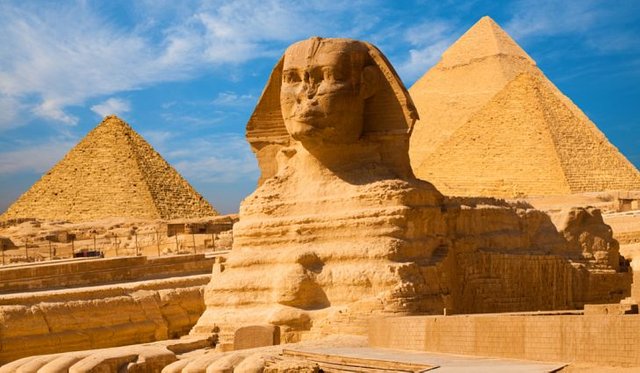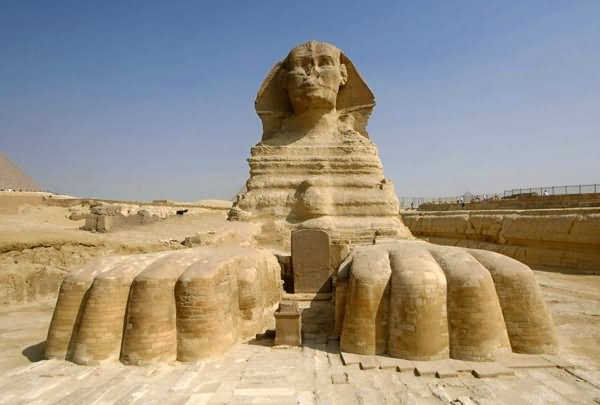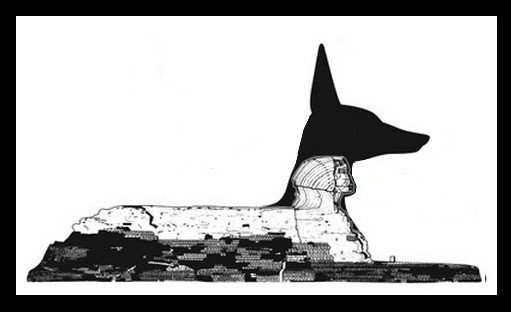The sphinx’s age

The Sphinx:
The sphinx is Giza's biggest monolith, beautiful to look at yet extremely mysterious. Carved out of an enormous block of limestone, it faces East, watching the sun rise, guarding the Giza plateau.
Nobody knows for sure who build it, there is no written mention of who build the sphinx anywhere. It’s commonly believed that Pharaoh Khafre build the structure because it resides near the pyramid of Khafre, but that's to easy isn't it.

Sphinx water erosion hypothesis:
So here’s the problem, for starters the erosion pattern on the sphinx and the cavity that caused, aren’t the same as the rest of the structures on the plateau. The theory goes that the erosion formed because of heavy water flow, but there hasn’t been any heavy rainfall in the desert since 7000 BCE.
The research:
A lot of archeologist have suggested that the sphinx is much older. As early as 1857, Auguste Mariette, founder of the Egyptian museum in Cairo, found a stone tablet that tells the story of how khufu found the sphinx buried in the sand. How can sphinx have water erosion if its buried in sand in the age it was build?
The pieces are falling together, but the establishment isn't willing to admit that there’s more that we don’t know about. And yes, I am definitely a hopeless romantic for a lost, advanced civilization story. Cavity’s have been found underneath the sphinx with sonar scans, so maybe we’ll get lucky and find the true story of the sphinx and its builders, preserved underneath its feet.
Frank Domingo, a forensic scientist used detailed measurements, forensic drawings, and computer imaging to conclude the sphinx’s face is not the same as is depicted on a statue attributed to Khafre.
Robert Schoch and Anthony West, who came up with the water erosion hypothesis, found that the head of the sphinx is much smaller than the body and also has negroid features. Which may suggest the head was recarved in the era a Nubian prince ruled the Egyptians.

Further research:
After digging deeper into the subject of older neolithic inhabitants of the land that is now Egypt, I found there was activity as early as 30.000 BC. Multiple industries like Aterian, Khormusan, Halfan, Kubbaniyan and Qadan lived and thrived in predynastic Egypt.
As we know from Gobekli Tepe, people 12.000 years ago were capable of building large structures, so why not the sphinx. Maybe it was a jackhall, or maybe maybe a lion. Nobody knows who the ancient builders were, and any evidence like pot fragments, bones, or whatever else could be found to date it, has long been removed

I am a convinced that humanity’s past is much more complex than is commonly accepted. Just as I believe that humans were cutting stone and living in farming communities long before ancient Egypt. Just look at the evidence that Gobekli Tepe and the water erosion sphinx hypothesis provide us with.
https://www.history-unwritten.com/pyramids/99/the-sphinxs-age/